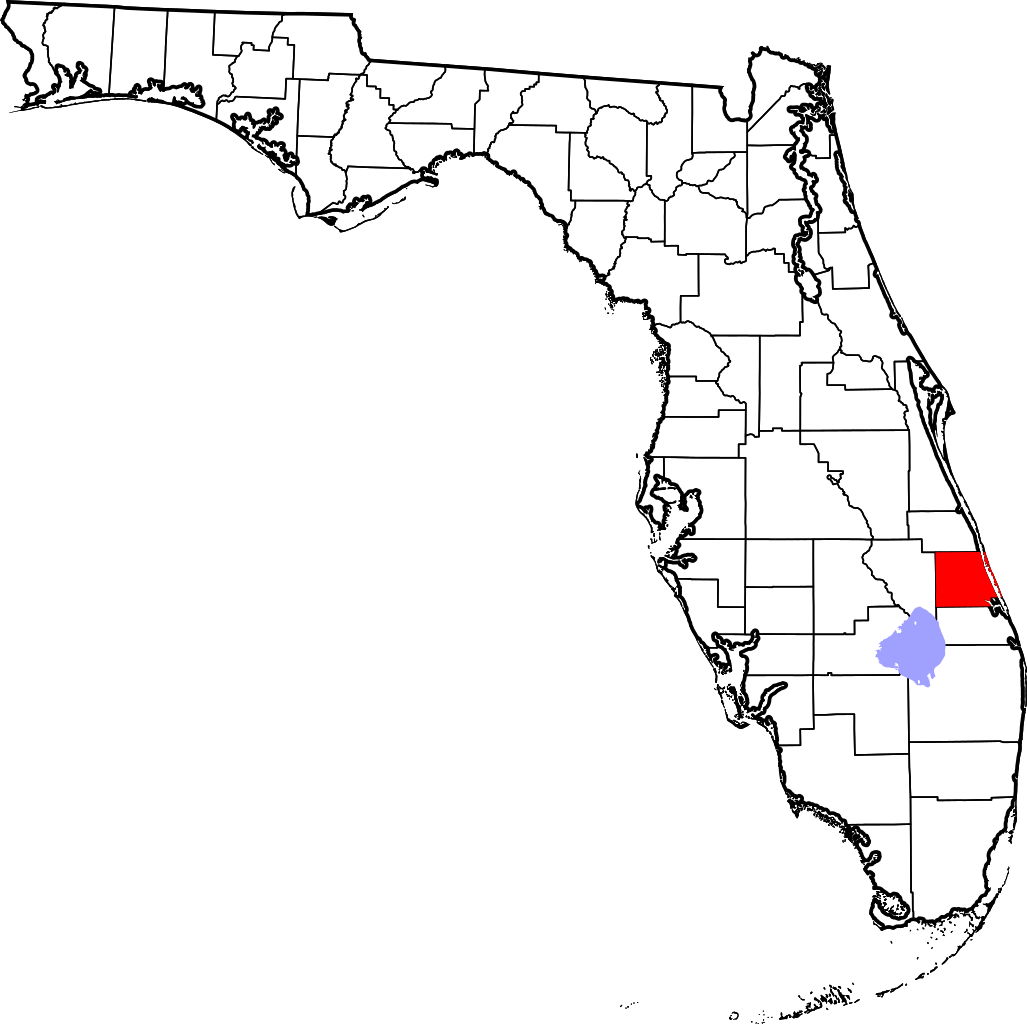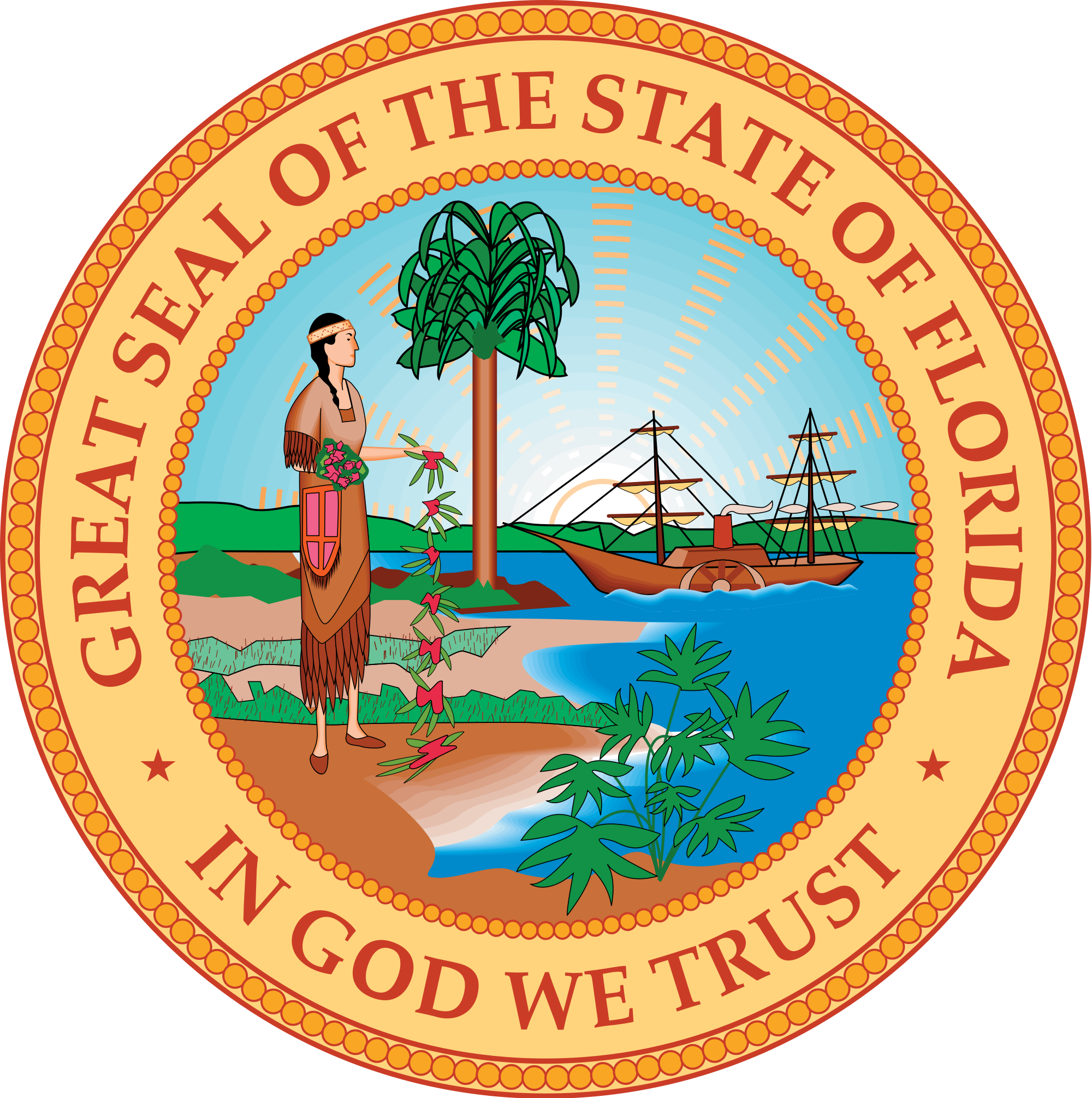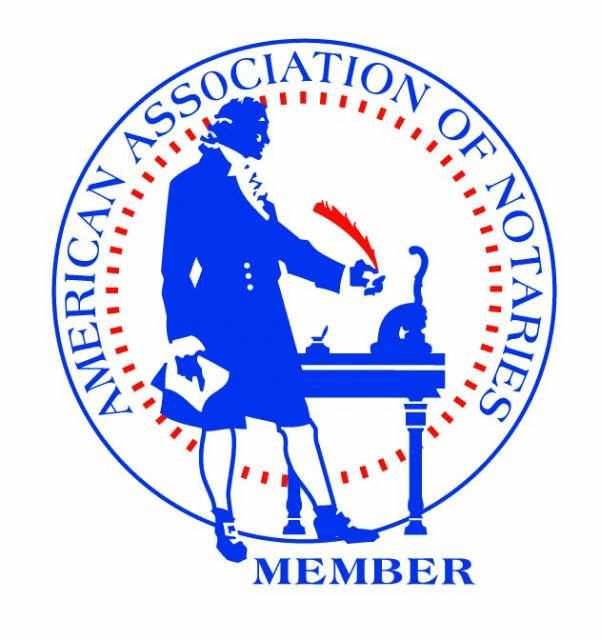
St Lucie area was originally inhabited by the Ais tribe, a hunter-gatherer culture whose territory extended from south of the St. John's river to the St. Lucie Inlet. Spanish explorers frequently encountered the fierce tribe as the Spanish treasure routes ran parallel in order to take advantage of the strong Gulfstream current. The area was given several names by the Spanish including Rio de Ays (later anglicized to Indian River) as well as Santa Lucia, named after the short-lived late 16th-century Spanish fort that bore its name farther south. The fabled 1715 Spanish treasure fleet sank off the area that is now St. Lucie County, leading to the regional naming of the area as the Treasure Coast.
During the early 19th century, the Spanish government issued several land grants in the area, one of which went to settler James Hutchinson. The grant contained 2,000 acres (8.1 km2) and today the barrier island Hutchinson Island still retains his name. During the mid-1800s, Seminoles and runaway slaves sought refuge in the virtually uninhabited area. By 1837 the Second Seminole war had broken out in Florida. In December 1837, a group of soldiers under the command of Lt. Colonel Benjamin K. Pierce sailed down the Indian River and established a fort, naming it after their commander. Today the county seat of St. Lucie County is still known as Fort Pierce. In 1841, the United States government began issuing land grants under the Armed Occupation Act to Americans who were willing to settle the area. Several of these grants were within the boundaries of today's St. Lucie County. The Third Seminole War in 1851 saw the building of a second major American fort in the area, Fort Capron, located in the area that is today's St. Lucie Village.
Up until 1905 the area had been under Brevard County (although Brevard County had been named St. Lucie County from 1844 until 1855 when it was renamed Brevard County). During the summer of 1905, St. Lucie County was created from the southern part of Brevard County with the county seat being at Fort Pierce. Other settlements at the time in St. Lucie County's boundaries included Jensen, Eden, Anknona, Walton, Eldred, White City, Viking, St. Lucie, Oslo, Vero, Quay, Sebastian and others. In 1925, Indian River County was created out of the northern part of St. Lucie County, while Martin County was created from a small part of southeastern St. Lucie County and the northern part of Palm Beach County during that same year. Much of western St Lucie County had already gone in 1917 to form Okeechobee County.








